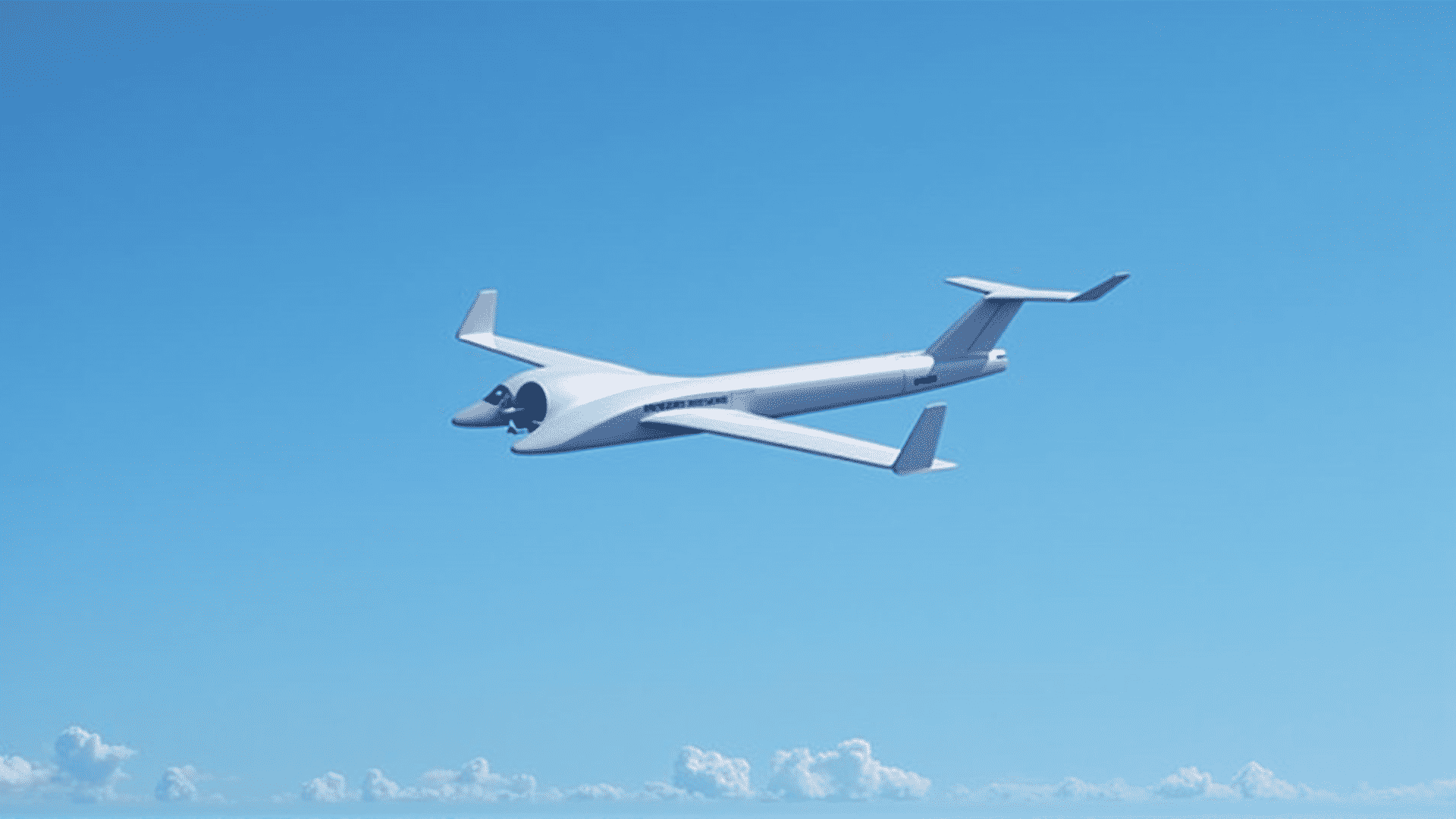In the rapidly evolving aerospace industry, the quest for innovation is perpetual. The modern era demands aircraft that can meet the challenges of today’s globalized world: increased passenger volume, the need for fuel efficiency, environmental constraints, and the ever-growing requirement for speed and reliability. At the heart of this transformative age in aviation is a design team pushing the boundaries of what’s possible, crafting revolutionary aircraft that are redefining the skies.
The maximization of performance and efficiency forms the cornerstone of this pioneering work. The team operates at the intersection of advanced aerodynamics, cutting-edge materials science, and breakthrough propulsion technologies. This combination enables the development of aircraft that are not only faster and more efficient but also more environmentally sustainable.
One of the most striking aspects of their design approach is the emphasis on aerodynamics. By utilizing state-of-the-art computational fluid dynamics (CFD) models and wind tunnel testing, the team creates aircraft shapes that minimize drag and maximize lift. This innovative approach leads to significant reductions in fuel consumption, allowing for longer ranges and increased payload capacities without compromising speed or safety. Such aerodynamic efficiency is crucial for both commercial and military applications, where operational costs and mission effectiveness are paramount.
Complementing the aerodynamic advancements is the use of advanced materials. With materials like carbon-fiber-reinforced composites and titanium alloys, the team is reducing the weight of aircraft without sacrificing structural integrity. These materials offer unprecedented strength-to-weight ratios, allowing for designs that are not only lighter and more fuel-efficient but also more resistant to environmental wear and tear. The result is aircraft capable of withstanding extreme conditions while maintaining optimal performance.
In the propulsion arena, radical innovations are underway. The exploration of alternative propulsion technologies, including electric and hybrid-electric systems, is setting the stage for a new era of ultra-efficient flight. These propulsion systems promise to drastically reduce carbon emissions and noise pollution, aligning with global sustainability goals. Additionally, the integration of next-generation engines—capable of harnessing unprecedented power at reduced fuel consumption—reinforces the capability of the team to design aircraft that are both powerful and environmentally friendly.
Another key aspect of their revolutionary design is the incorporation of advanced avionics and automation systems. By embedding cutting-edge technology into the cockpit and throughout the aircraft, the team enhances situational awareness and safety while optimizing routes and flight efficiency. The result is aircraft that can adapt to various flying conditions with greater precision, ensuring passenger safety and comfort.
The design team’s commitment goes beyond innovation in technology. They are also pioneering new approaches to design and testing, utilizing immersive simulations and virtual reality. These tools allow for real-time collaboration and problem-solving, accelerating the development process and reducing the time from concept to flight. By simulating flights before actual construction, engineers can identify and address potential issues more efficiently, streamlining the entire design process.
In conclusion, the work being done by this revolutionary aircraft design team is not just about crafting the next generation of aircraft; it’s about redefining the very way we think about flight. Their relentless pursuit of performance and efficiency is reshaping the skies, setting new benchmarks for what humanity can achieve in aviation. As we look to the future, these groundbreaking designs promise to take us further, faster, and cleaner than ever before, proving that the sky is no limit.
